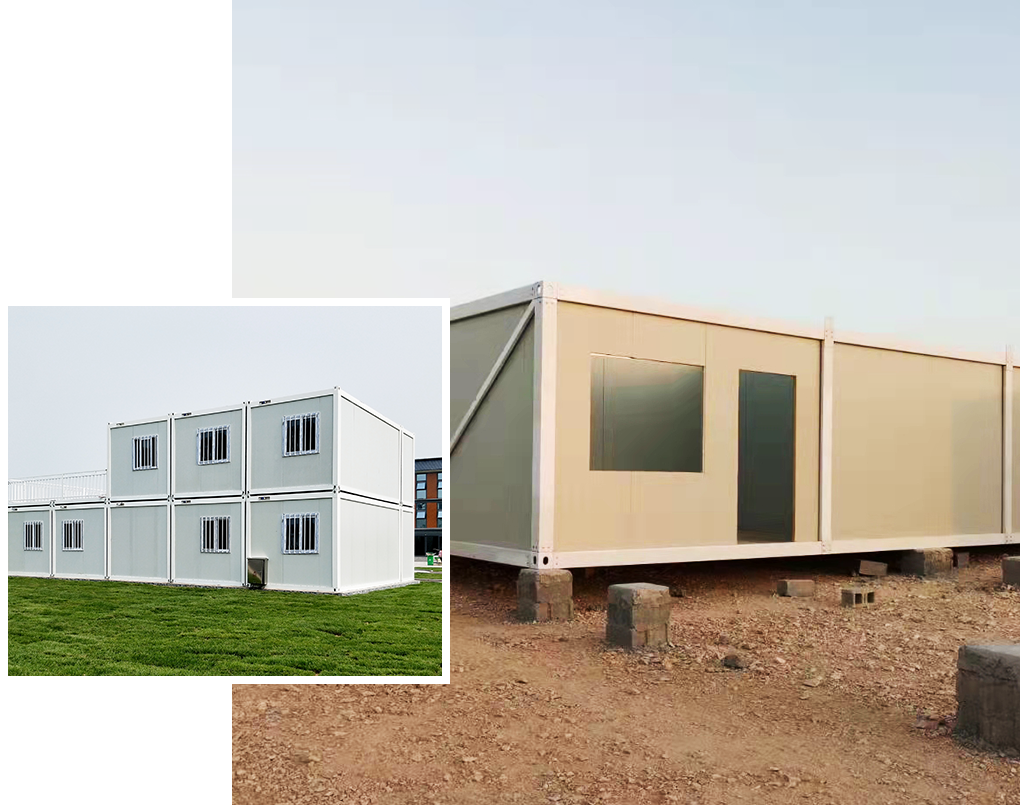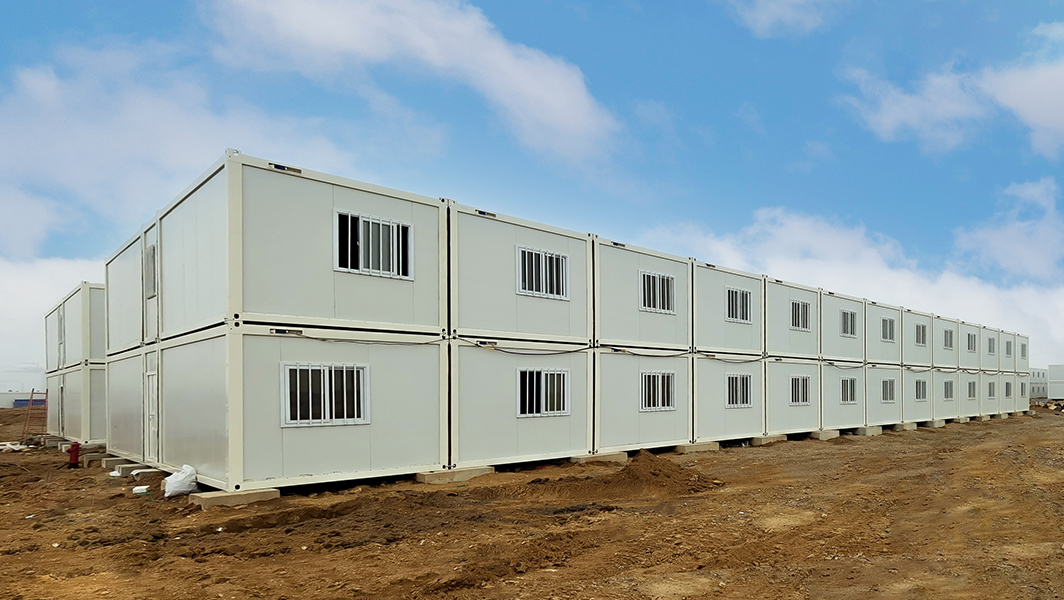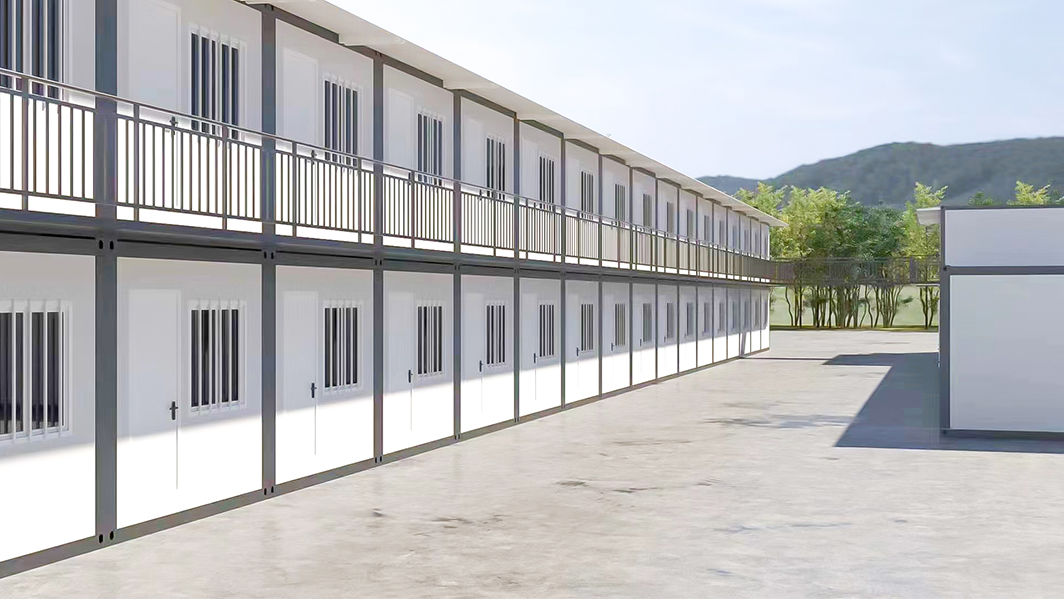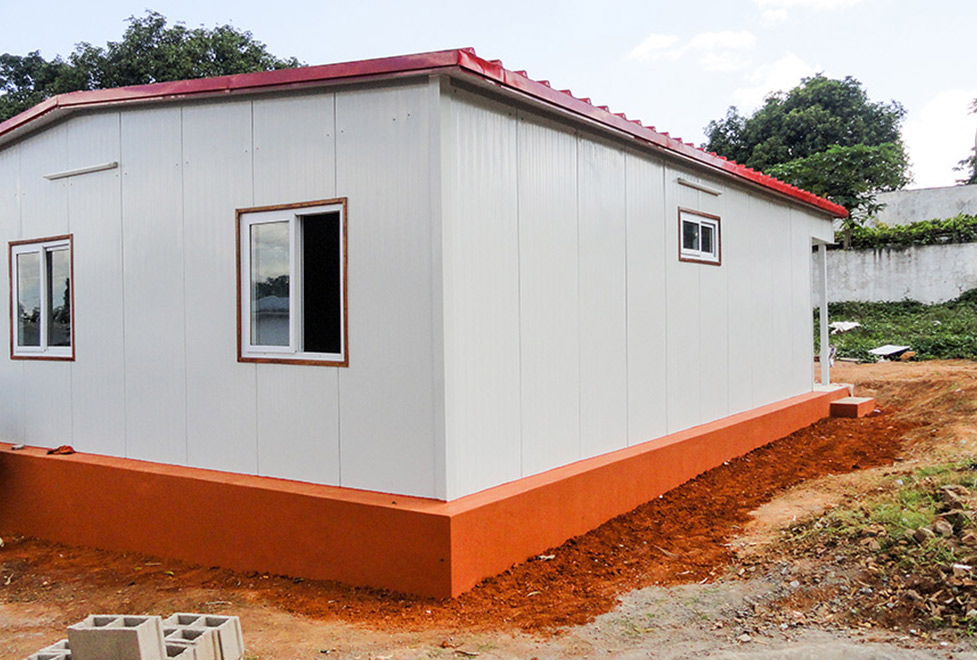The Essence of Light Steel Villa House
A light steel villa house, also known as a light steel structure house, refers to a villa that uses a light steel frame as the main structure. It is assembled through welding or bolt connections, with fireproof, thermal insulation, and heat preservation materials filled between the steel frames. The steel structure offers features such as light weight, good flexibility, and strong seismic resistance. Building a 300-square-meter light steel villa house takes only about one month, making it an excellent option with the following advantages:
Fast Construction and Short Build Time
Unlike traditional brick-concrete structures that require large amounts of bricks and mortar, a light steel villa house only needs prefabricated components manufactured in a factory and then transported to the site for assembly. This greatly shortens the construction period and reduces dust and inconvenience at the construction site. Since most of the work is completed in the factory, on-site labor mainly involves assembly and minor reinforcements, resulting in lower labor intensity.
For example, constructing a 300 m² traditional brick-concrete house may take more than 5 months, whereas a light steel villa house can be built in just 1 month — including wall construction, exterior finishing, roof installation, and electrical and plumbing systems. This significantly reduces construction time.
Relatively Low Construction Cost
From a cost perspective, the light steel villa house offers relatively low building expenses. Thanks to industrialized production, it saves significant manpower and resources. Due to its light weight, foundation requirements are also reduced, further lowering ground preparation costs. In addition, light steel villa houses have good thermal insulation, moisture resistance, and energy efficiency, contributing to lower energy bills.
Lightweight Materials and Easy Maintenance
The steel materials used in a light steel villa house are recyclable. Given that the structure primarily consists of steel, it offers good corrosion resistance — lasting up to 100 years. The overall weight of the structure is only about 1/5 of a brick-concrete building and 1/6 of a steel-concrete structure, reducing the need for heavy foundations. Maintenance is simple; for example, if the roof or wall sections need repair or replacement, only the affected parts need to be addressed — unlike traditional buildings which often require major reconstruction.
 English
English  français
français  Deutsch
Deutsch  tiếng việt
tiếng việt  русский
русский  Español
Español  العربية
العربية  Latinae
Latinae  Indonesia
Indonesia 



